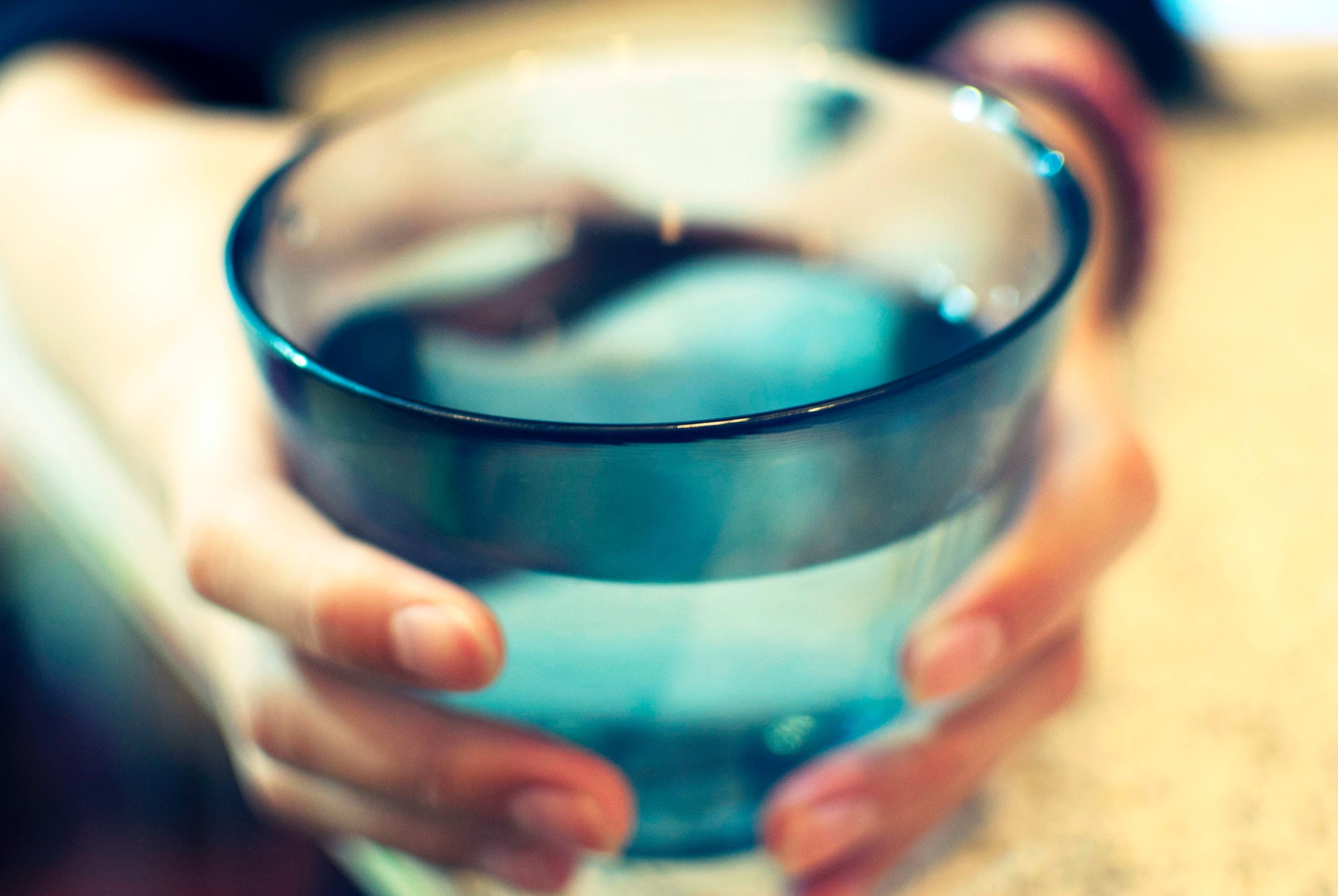
Chris Lange, FISM News
[elfsight_social_share_buttons id=”1″]
Researchers at the University of Texas in Austin have unveiled a breakthrough new gel film capable of pulling gallons of clean drinking water out of the air at very little cost.
The remarkable water harvester is made from two ingredients that are both common and cheap: cellulose, derived from the cell walls of plants, and konjac gum, a common food additive, according to a New Atlas report. The substances are combined into a gel film capable of pulling gallons of water per day out of the air, even in arid conditions. The water can also be released on demand without using much energy.
“First, the porous structure of the gum attracts water to condense out of the air around it. The cellulose meanwhile is designed to respond to a gentle heat by turning hydrophobic, releasing the captured water,” New Atlas explained.
The research team said that creating the gel is relatively simple and noted that the substance can be made into any shape and scaled up with relative ease.
“This is not something you need an advanced degree to use,” said Youhong Guo, the lead author of the study and postdoctoral researcher at the Massachusetts Institute of Technology.
“It’s straightforward enough that anyone can make it at home if they have the materials,” she said.
In tests, the product was able to pull an extraordinary amount of water from the air, producing over three gallons a day per kilogram of gel at a relative humidity of 30% which is typical in desert climes. At just 15% of humidity, it still managed to produce nearly two gallons a day per kilogram.
The team said the efficiency of the product can be further improved by creating thicker films and other enhancements. Best of all, the material costs as little as $2/kilogram or .90/pound.
The low cost, ease of manufacturing, and ability to increase the efficiency of the water harvester shows immense promise for developing countries where clean drinking water is desperately needed.
According to the most recent WHO and UNICEF data, currently 26% of the global population does not have consistent access to clean drinking water.
“This new work is about practical solutions that people can use to get water in the hottest, driest places on Earth,” said Guihua Yu, professor of materials science and mechanical engineering in the Cockrell School of Engineering and one of the paper’s co-authors. “This could allow millions of people without consistent access to drinking water to have simple, water generating devices at home that they can easily operate,” Yu added.
